Review: “Maleficent: Mistress of Evil” wows despite critical disapproval
On Oct. 19, 2019, my friends and I saw the 7 p.m. screening of “Maleficent: Mistress of Evil.”
November 2, 2019
Ed. note: This review contains minor spoilers for the 2014 film “Maleficent.”
On Oct. 18, 2019, Disney’s newest live-action film “Maleficent: Mistress of Evil” hit the big screen. The film is a sequel to 2014’s “Maleficent,” and both films follow the antagonist of the 1959 animated Disney princess movie Sleeping Beauty, telling an alternate version of the original story.
In the movie, Maleficent (Angelina Jolie) serves as the de facto godmother to the Queen of the Moors, Aurora (Elle Fanning). Though Maleficent proved to the creatures of the Moors that she isn’t evil in the first film, in the neighboring Kingdom of Ulstead, rumors still spread of her wickedness.
“Maleficent: Mistress of Evil” begins with Maleficent’s initial reaction to Aurora’s engagement to the Philip, the Prince of Ulstead (Harris Dickinson). After talking with Aurora and Maleficent’s servant, Diavel (Sam Riley), Maleficent agrees to the union and goes to meet the kind King John (Robert Lindsay) and the questionable Queen Ingrith (Michelle Pfeiffer).
The story takes off from there, following the journey Maleficent and Aurora take as they find what is good in the world and fight to save the world from dark forces.
While the film knocked “Joker” off its box-office throne, “Maleficent: Mistress of Evil” still underperformed in its opening weekend. After making $12.5 million on its first day, the movie only went on to debut to $36.9 million over the weekend, marking a 48% decline from the previous film’s $69.4 million open.
According to Rotten Tomatoes, the average critic review lies at 41 percent; the audience review, however, ranks the film at 95 percent approval.
What critics say about the film should be taken with even less than a grain of salt. After seeing the first few minutes of the film, viewers will be instantly zapped into the magnificent world of “Sleeping Beauty” and inhabit it for the full two hours.
Though director Joachim Rønning did not direct the original “Maleficent,” he still manages to actualize a continuous story, evident from the subtle Easter eggs from the first film. He continues the trend of stunning visuals throughout the film. From the wondrous dim glow of the creature’s grave to the dark wickedness of the castle’s underground, Rønning’s brilliance shines in it all.
The otherworldly setting attributes to the film’s greatness, and the sheer talent of the actors does as well. All pairings have great on-screen chemistry and brought the story to life in an even better way than the first film.
The role of Prince Phillip was played by Brenton Thwaites in “Maleficent,” but due to scheduling conflicts, the role was passed to Harris Dickinson for “Maleficent: Mistress of Evil.” Dickinson took on the role with ease and made Prince Philip’s character development seem more multifaceted than before.
Although Michelle Pfeiffer’s stereotypical “Evil Queen” trope isn’t as central to the plot as the trailers indicated, her poise in the role contrasts Jolie’s Maleficent very well. The moral grayness of the character, expressed simply through Pfeiffer’s stoic facial features and sharp words, is more than enough to make up for the holes in the script.
Elle Fanning blossoms as Aurora even more than before. Fanning’s acting makes the originally naïve, doe-eyed character become more multi-dimensional and strong-willed with each passing minute she was on screen. The energy and depth that Fanning brings to the role allows for other actors to branch off of her and makes the film seem more raw and realistic despite its fantastical nature.
Of course, the movie would be near nothing without Angelina Jolie. The recognizability of the character, with sharp horns and blood-red lips, kickstarted the entire Maleficent franchise—but in “Maleficent: Mistress of Evil,” Jolie takes Maleficent to new heights. In the movie, Maleficent learns to be unapologetically herself as she finds the people she belongs with and reaches deep within her power and soul to protect them.
Some of the issues raised by critics who dislike the movie are that the focus wasn’t on Jolie for the majority of the film’s run-time—but rather, that was a part of the beauty of “Maleficent: Mistress of Evil.” Jolie’s character is explosive as usual, but her range and growth over the series help narratively grow other characters as well. Although Maleficent is the title character, the movie does not depend on her alone.
It’s not to say that there was nothing wrong with the movie, of course—there were certainly ways in which the movie could improve, especially pertaining to the script. But what fell through with the script or the repeated special effects was compensated with by the intense heart that this story beats with.
In the theater, my friends and I were almost screaming during the last few scenes. So were the adults in front of us and the kids behind us.
This is truly a story for all ages. “Maleficent: Mistress of Evil” is a beautiful story of love, strength and finding the empowerment that we deserve.
Rating: 9/10

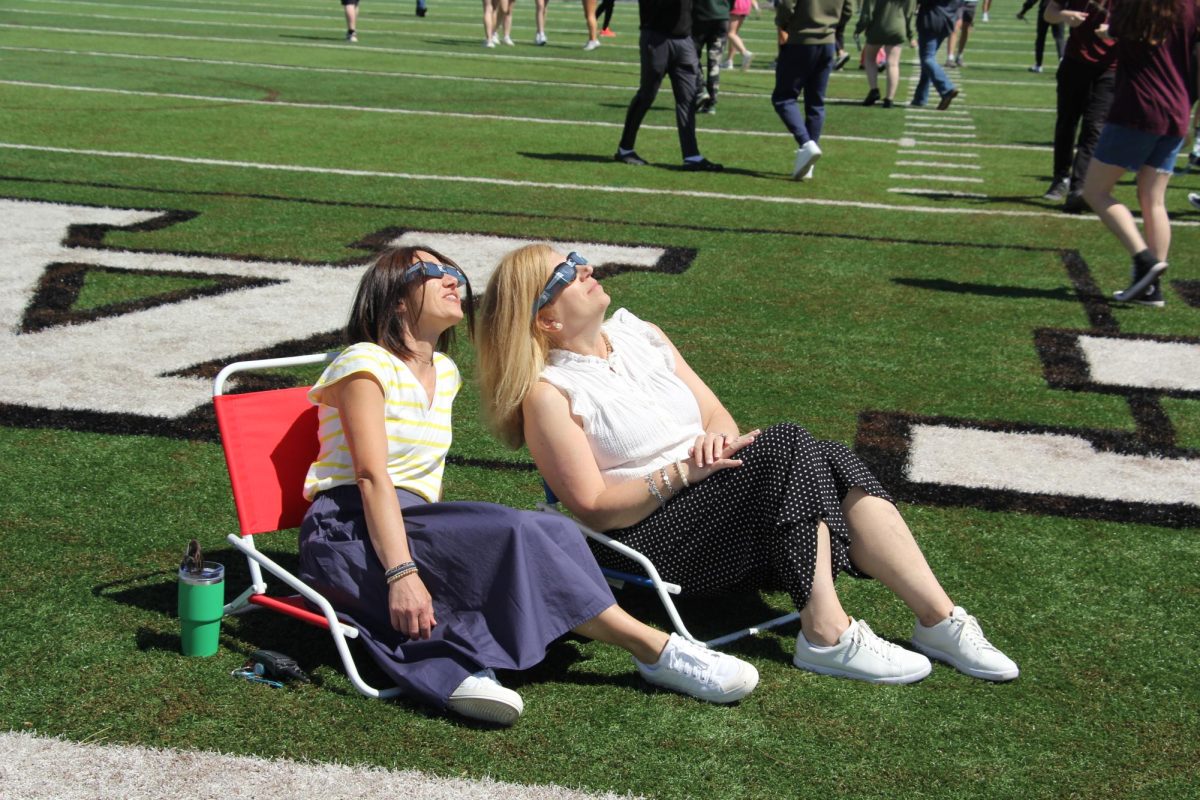




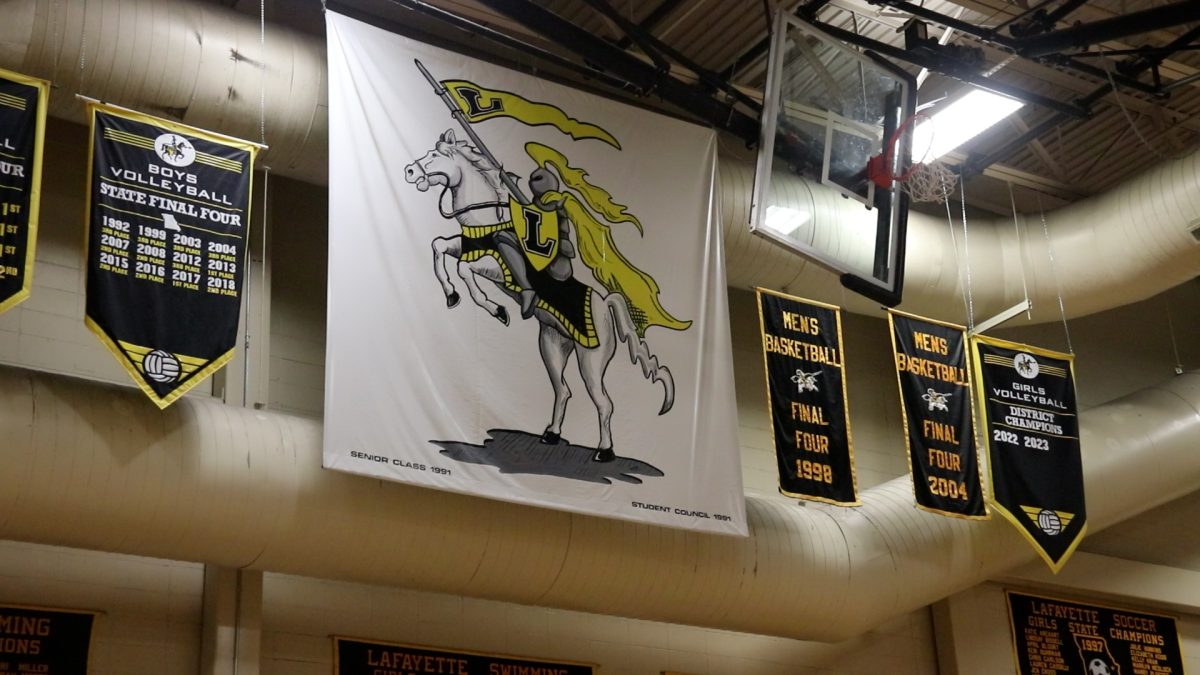








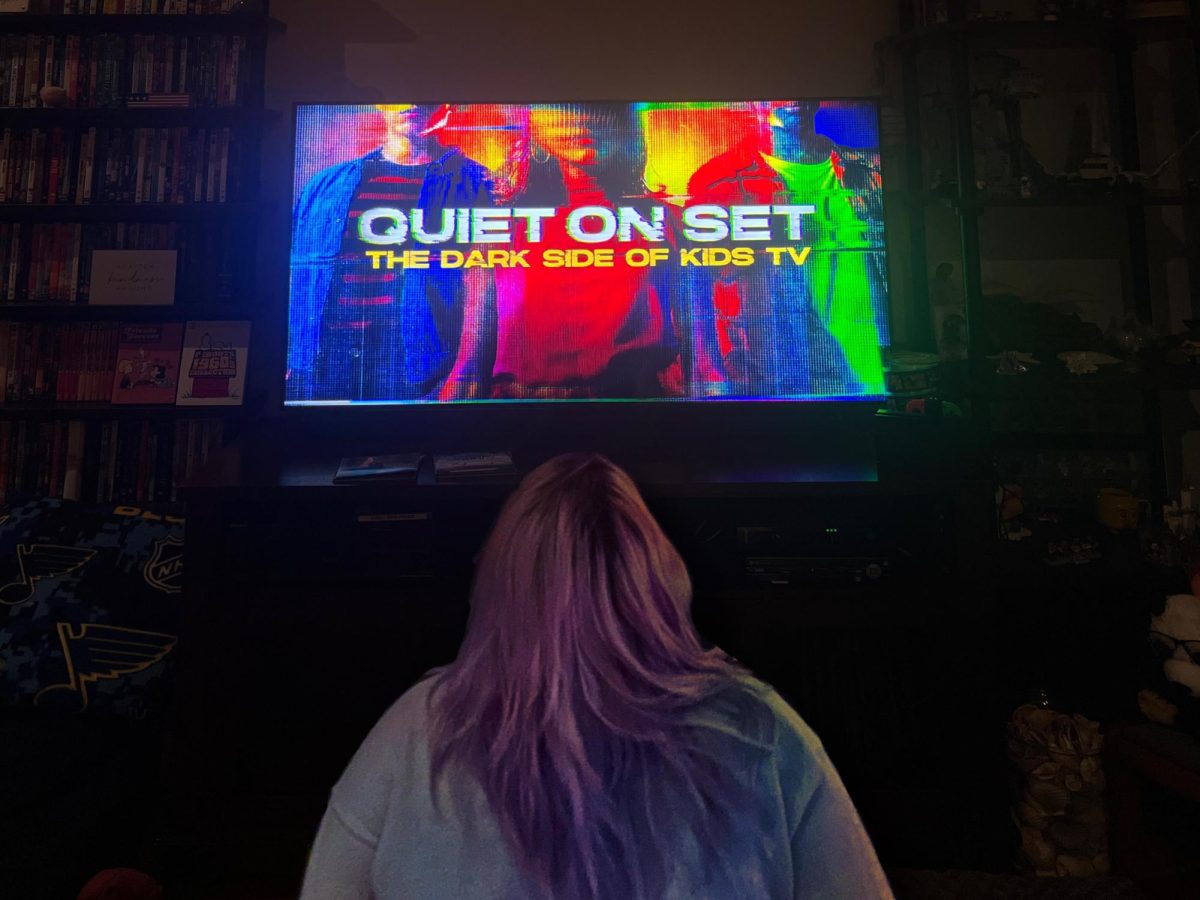

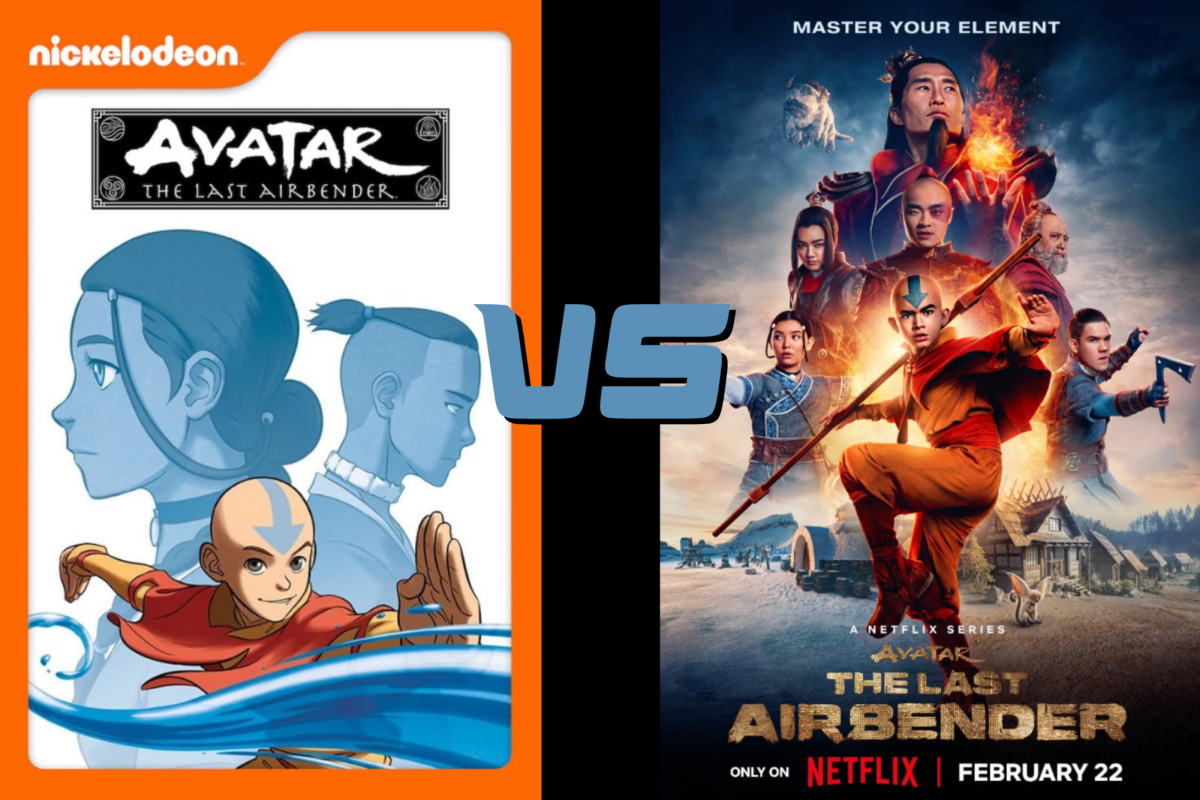






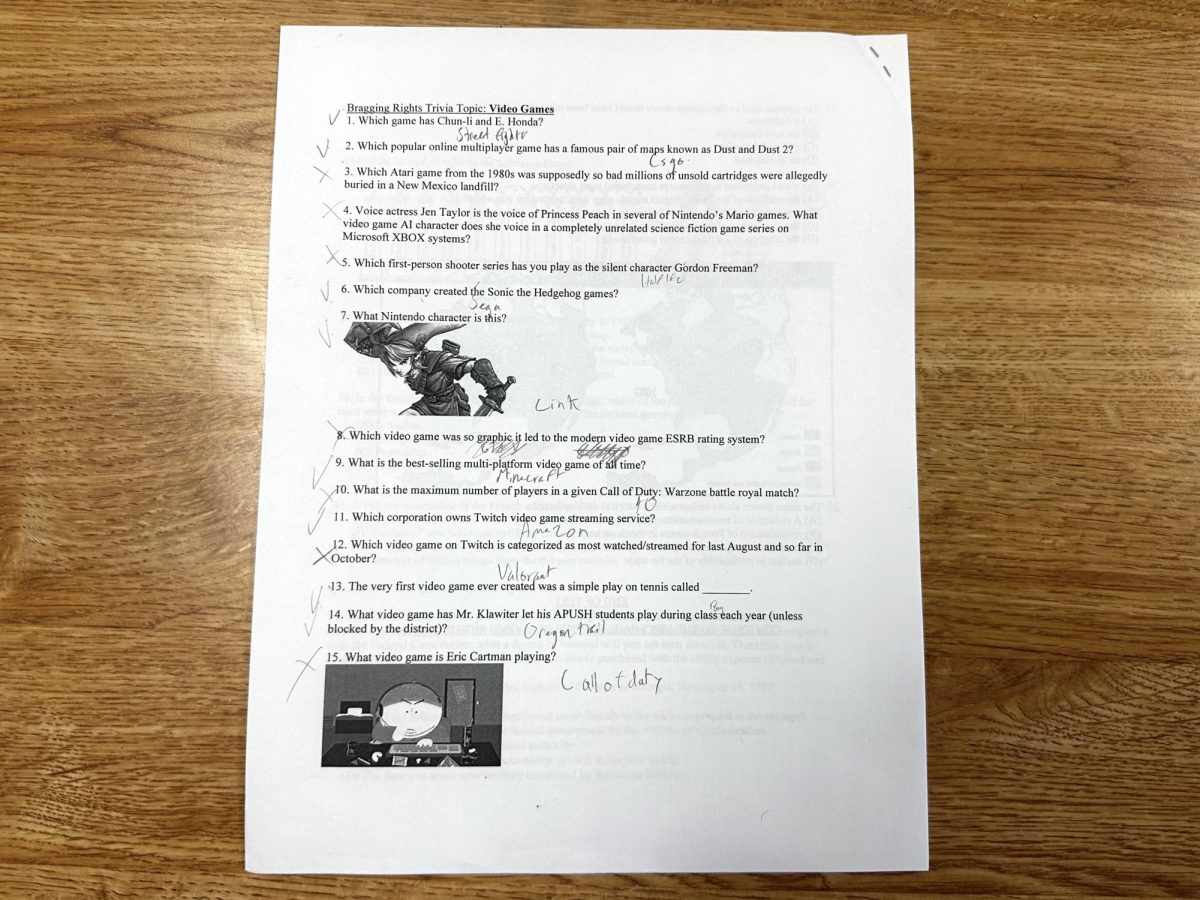




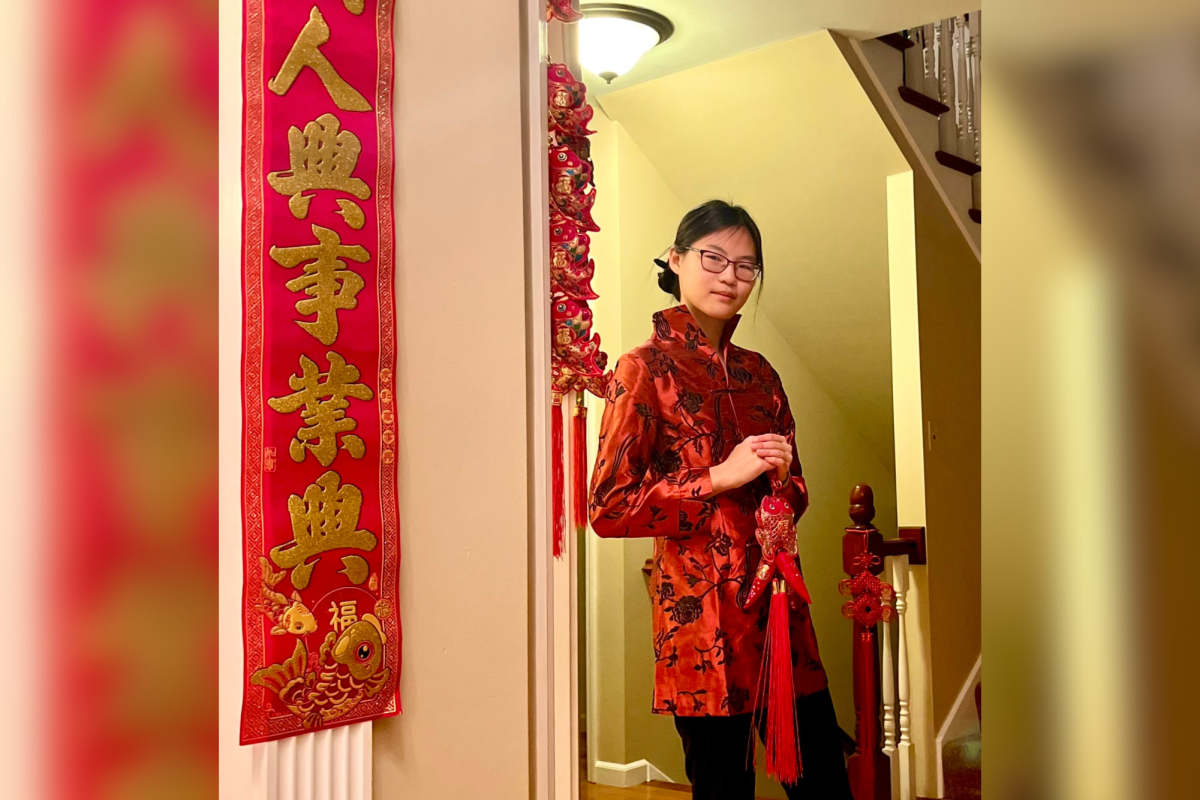



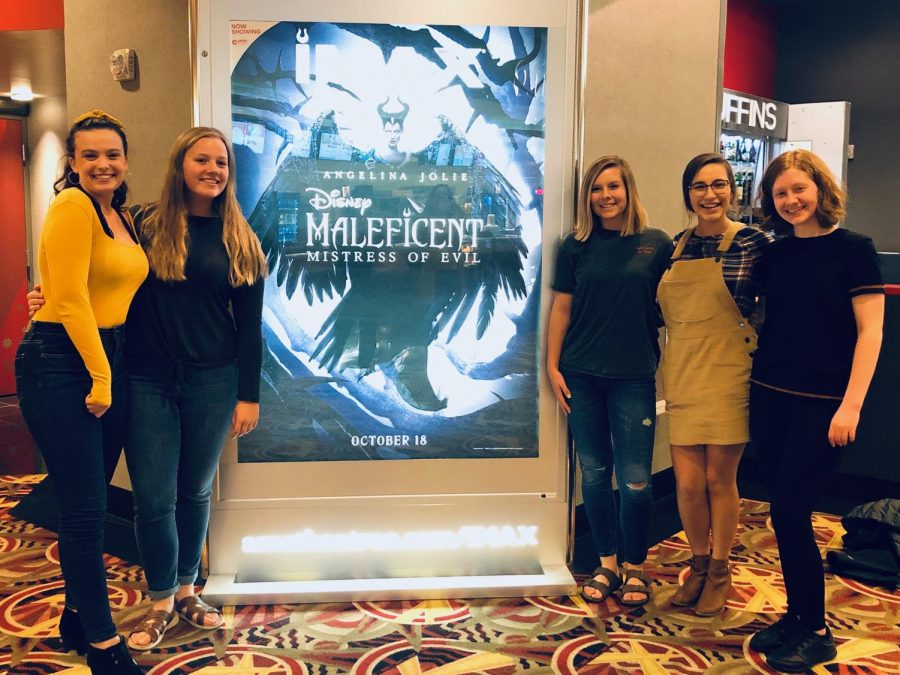





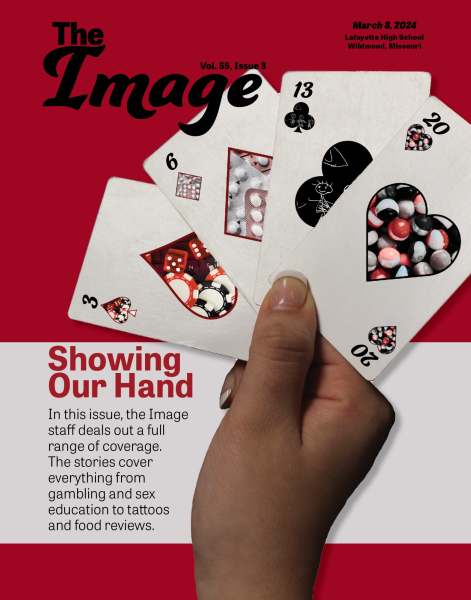
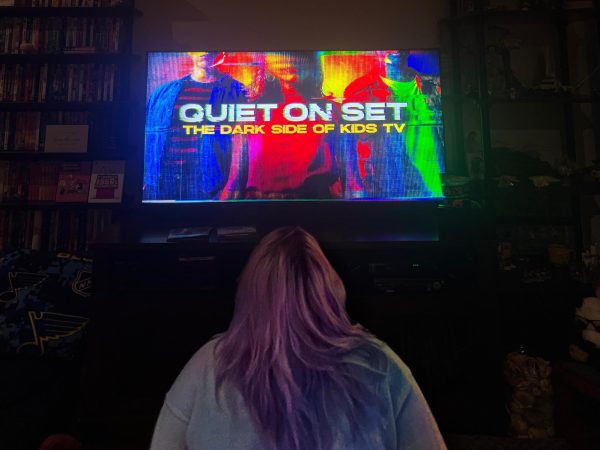

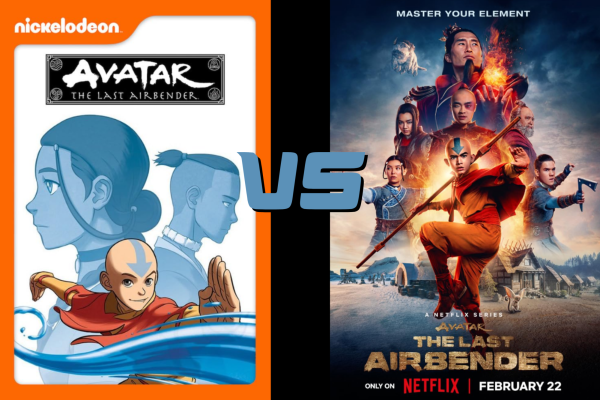




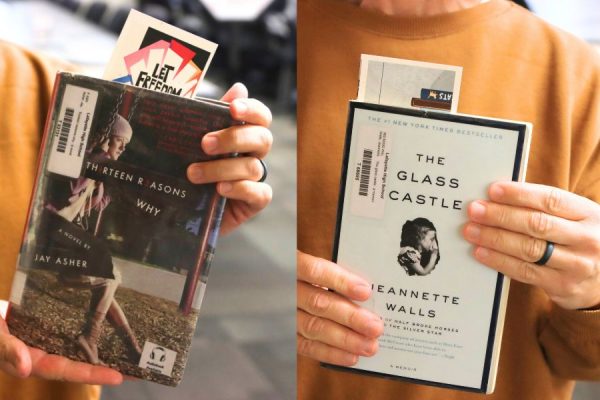
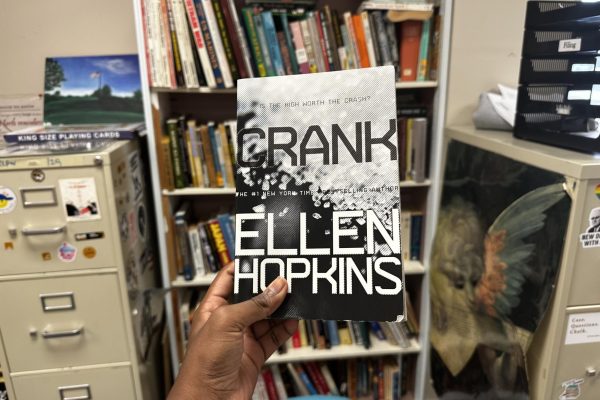

Ty • Nov 2, 2019 at 9:18 pm
Beautifully articulated and I agree. I thought the film was so much fun. From the second the visuals popped up, it never stopped. I usually get bored after a half an hour, but this film held my attention the entire time. I couldn’t believe the two hours was up and I didn’t even notice, when I usually get antsy. This film was so enjoyable that I wanted to watch it again. It was between the beauty of the place, but also the performances, especially with Angelina Jolie and Michelle Pfeiffer. I do wish they had more scenes together. That was only complaint I might have had. They were so powerful in the same room that I wanted more of it. Still the film kind of branched off and gave all three of the actresses their own sub plots where it was just them. I did like that. Their performances or so strong they have to command the screen alone so to speak.